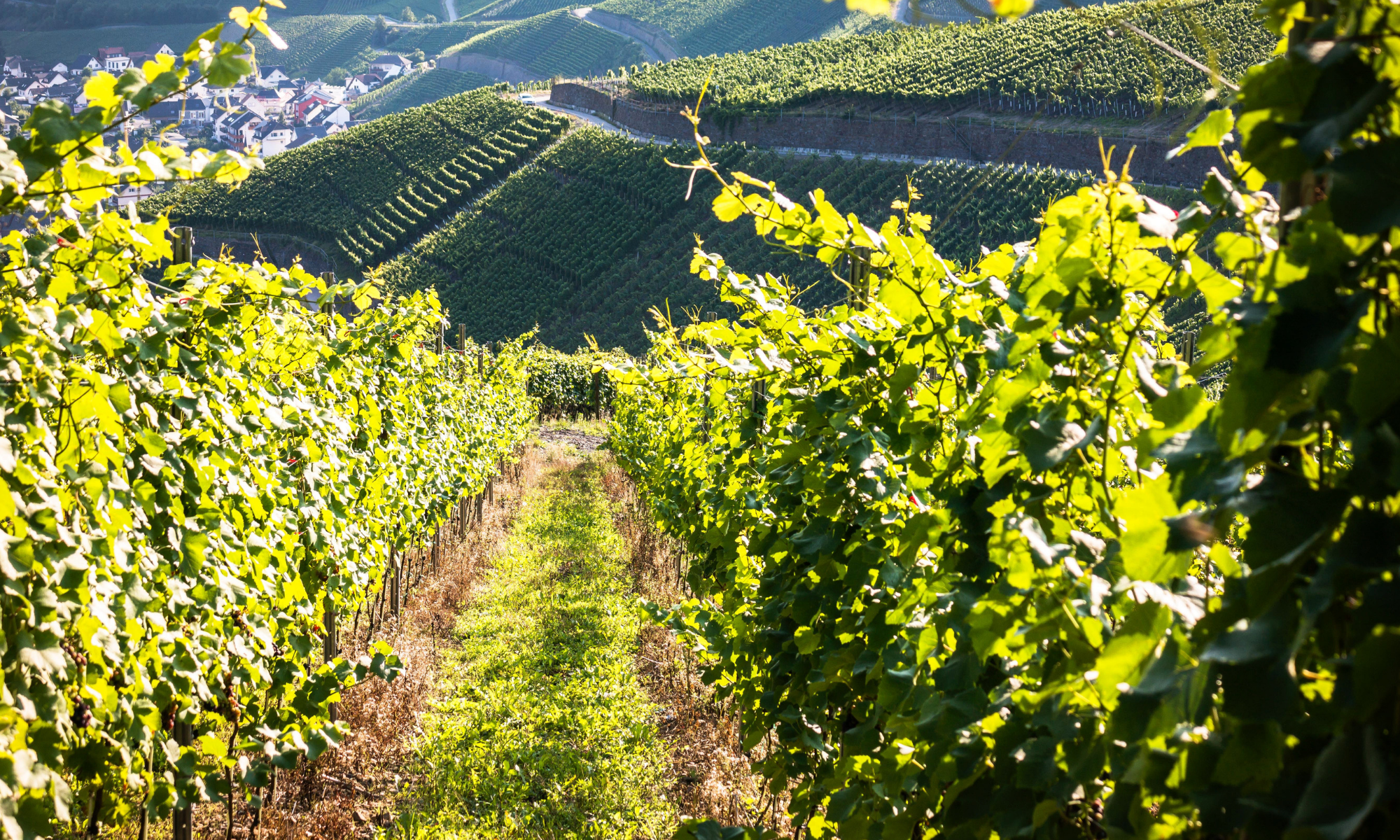Today at Growing With Science Blog we are featuring Titanosaur: Discovering the World’s Largest Dinosaur by Diego Pol, Jose Luis Carballido, and illustrated by Florencia Gigena.

Everything about this book is huge (and hugely impressive):
- At 11.8 x 11.8 inches it is physically bigger than most picture books.
- It is written by the actual paleontologists who dug up the dinosaur. Their excitement about the find bounds off of each and every page.
- It features the biggest dinosaur ever found (so far)
- It is likely to appeal to readers far outside its recommended age range
The story starts with a gaucho and his dog discovering a big bone on his ranch. What follows is an inside look at how a dinosaur skeleton is dug up and processed.
Accompanying the main text are sidebars that pull out keywords and explain them. For example, the first sidebar explains what a gaucho is, the second defines the word paleontologist, the third discusses how dinosaur bones are fossils. Although sidebars are standard in many nonfiction texts, these are particularly well done.
Florence Gigena’s illustrations are also top notch. They give continuity to the look and and expand the story. The best image by far is one of a man lying on the ground next to a femur to show how immense it really is! Another cool feature shows the placement of certain bones inside the skeleton of a transparent dinosaur. If that isn’t enough, there are many color photographs of the finds and team nestled in the artwork.
Titanosaur rises above the competition. It will enthrall youngsters already passionate about dinosaurs, but will also grab the attention of anyone interested in science or how scientists work. It is sure to be a super big hit. Dig up a copy today!
Copyright © 2019 Roberta Gibson All Rights Reserved.






 Insect Superpowers, by Kate Messner; illus. by Jillian Nickell
Insect Superpowers, by Kate Messner; illus. by Jillian Nickell



 Growing Up Gorilla, by Clare Hodgson Meeker. 48 pages; ages 8-12. Millbrook Press, 2019
Growing Up Gorilla, by Clare Hodgson Meeker. 48 pages; ages 8-12. Millbrook Press, 2019